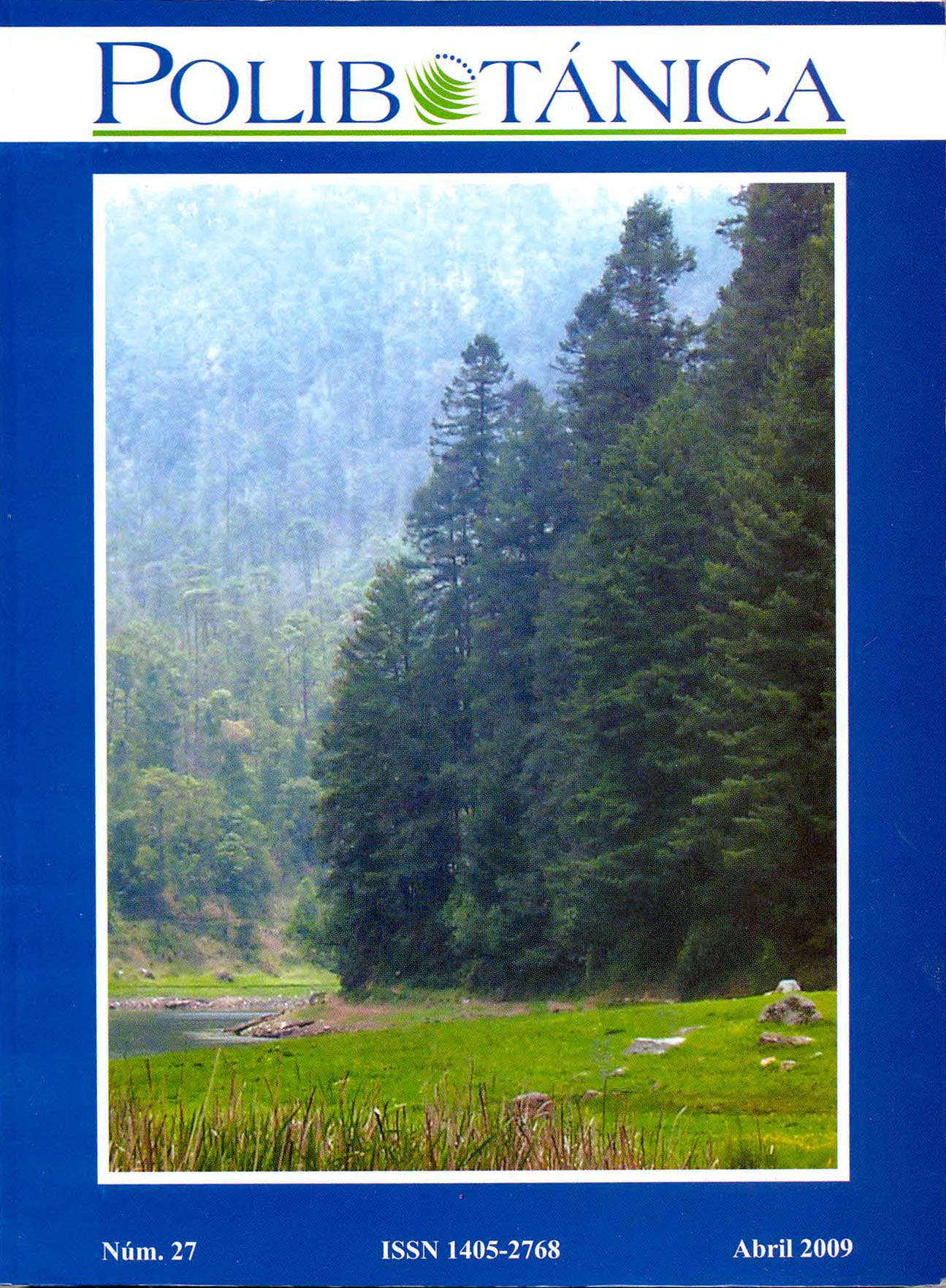EFECTO DE LA PRESENCIA DE FENANTRENO SOBRE LA EXPRESIÓN DE PROTEÍNAS Y LA ACTIVIDAD ENZIMÁTICA RADICAL DE CYPERUS HERMAPHRODITUS
Abstract
Polycyclic aromatic hydrocarbons (PAH)
are part of the petroleum contaminants
encountered in the environment. It has been
shown that soils supporting vegetation are
effective in removing and mineralizing
these contaminants; because plant roots
have phytoremediation-related proteins
like enzymatic systems linked to the plant
cell wall that contribute to the remediation
of contaminated sites. Through their direct
action or by union they sequester, transform
and transport organic contaminants.
The aim of this work was to analyze changes in the expression of the soluble and the
ionically-bound cell wall root proteins and
the activity of certain enzymes considered
as biochemical markers in plants of Cyperus
hermaphroditus exposed to phenanthrene, a
tricyclic aromatic hydrocarbon. The effect
of phenanthrene on the activity of the root
enzymes guaiacol peroxidases, ascorbate
peroxidases, laccases and acid phosphatases
showed significant differences between the
enzymes of the soluble protein fraction and
the contaminant concentration. However,
the enzymes of the ionically-bound cell
wall fraction showed significant differences
only among themselves, not with respect
to the concentration of contaminant. The
results showed that the amount of activity
of constitutive enzymes and the induction or
repression of protein expression in plants of
C. hermaphroditus exposed to phenanthrene
can be important mechanisms of plant reactions to contaminant toxicity or in partially
transforming them to less toxic products
that can be easily absorbed by the roots and
sequestered in the plants.
Downloads
Published
Issue
Section
License

Polibotánica by Departamento de Botánica de la Escuela Nacional de Ciencias Biológicas del Instituto Politécnico Nacional se distribuye bajo una Licencia Creative Commons Atribución-NoComercial-CompartirIgual 4.0 Internacional.




















